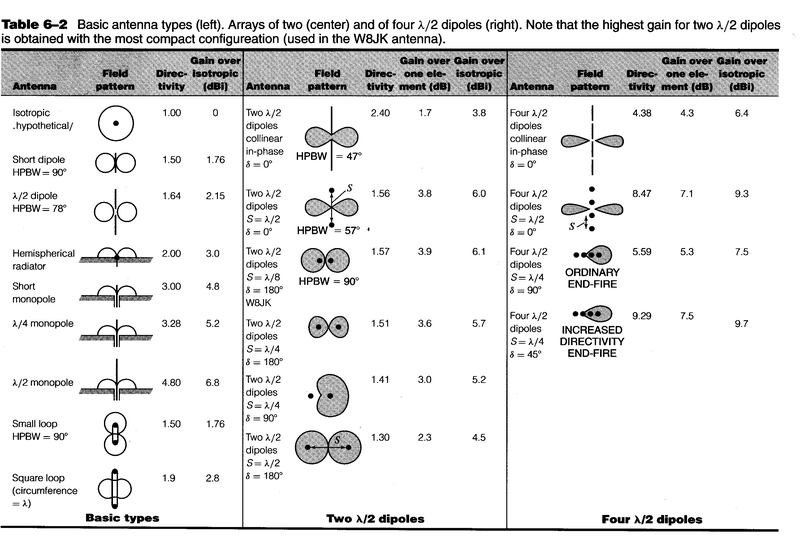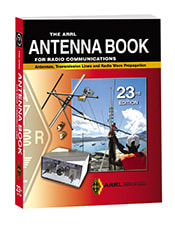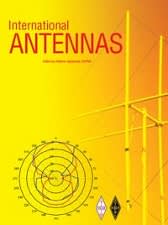itsmoked
Electrical
- Feb 18, 2005
- 19,114
Hi, I'm working on a product that should be 'connected'. It's a very low data rate kind of product that basically states something is working correctly with perhaps a few bytes of data thrown in. I assumed I was going to use LTE since I have a commercial M2M account with a provider but then I stumbled across some LoRa videos and looked into it further. Dang! Free connectivity. I can get into that! If there isn't a LoRa gateway around you can put your own up, so that's what I'm going to do.
I'd hate to miss out on any available wisdom. Have any of you done anything with LoRa?
Keith Cress
kcress -
I'd hate to miss out on any available wisdom. Have any of you done anything with LoRa?
Keith Cress
kcress -






